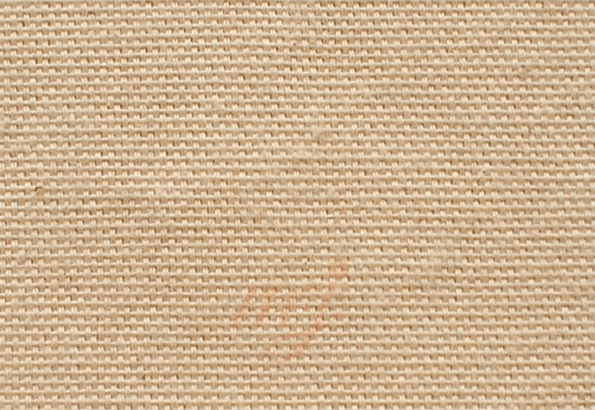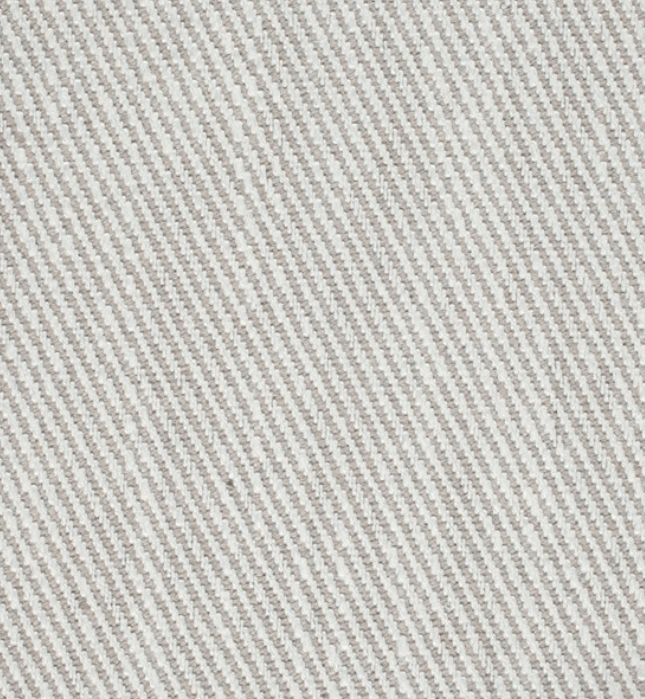When deciding which fabrics to use for our bespoke aprons, the two main choices are canvas or twill. So, what are these weaves and how do they differ?
Canvas
The yarn most used for canvas is cotton. It is a simple plain weave, which means that the warp and weft are woven in a pattern of “over one, under one.” A double filled canvas uses two yarns in the “over under” instead of one.
Generally, canvas uses much heavier threads than other cotton fabrics and so the combination of the plain weave and heavier threads creates a strong fabric that is resistant to snagging, tears and abrasion. The simple, rustic style of the canvas weave is also attractive and combined with it durable qualities, makes it ideal for our aprons.

Twill
Twill describes the weave design, which is more complex. The weave consists of going over one yarn and under two or three. The weave then moves across each row to create a diagonal effect. These diagonal lines are called a ‘wale’. The most common type of weave is a 2/2 twill, which is two warps crossing every two weft threads.
Twill is very tough. It is basically a plain weave with extra yarns added at intervals for extra strength. This makes its very difficult to tear.
One big difference between a canvas and twill is that a canvas is reversible, there is no visible difference between the front and back and this allows for more flexibility when cutting the fabric. Twill has a different front and back. The ‘wale’ pattern being the front.
Jeans are probably the most common example of a twill weave.

Conclusion
Whilst canvas fabrics are simple and very durable. Twills are a more complex version, and the appearance is more sophisticated.
Both are perfect for aprons or, in fact any workwear garment. Twill adds that extra bit of interest and durability. The durability will always depend on the fabric weight. A canvas that is 300 grams will be stronger than a 200 grams Twill.
For more information about apron manufacture, and the design of bespoke aprons, click HERE
